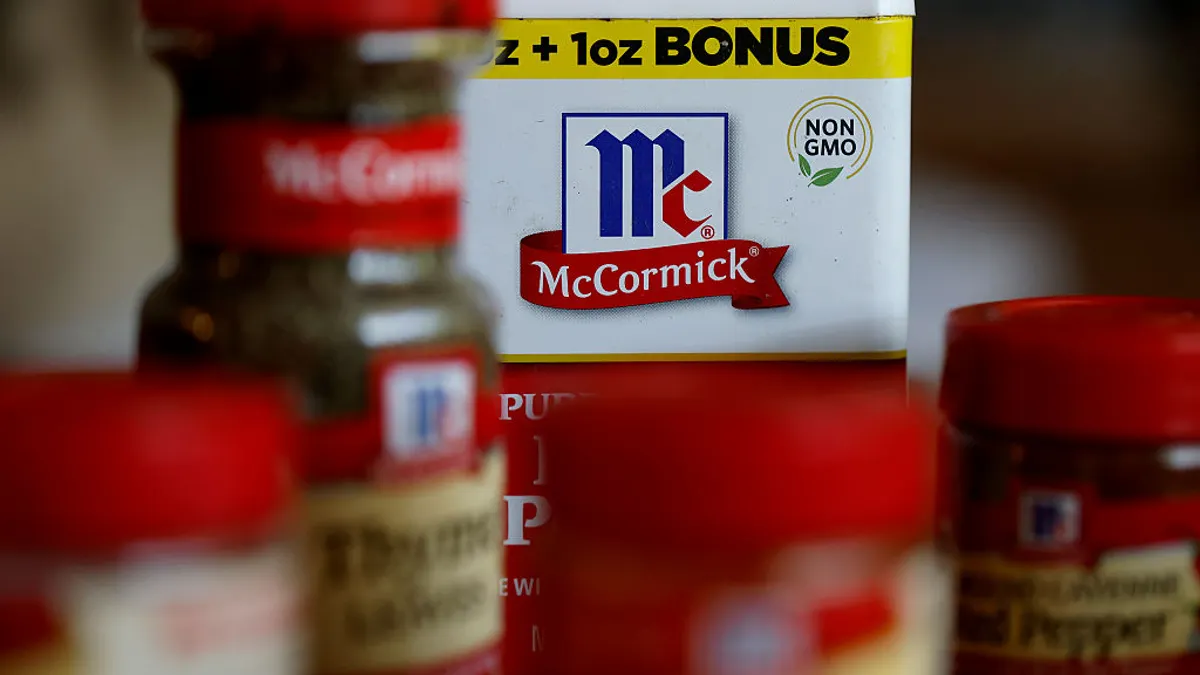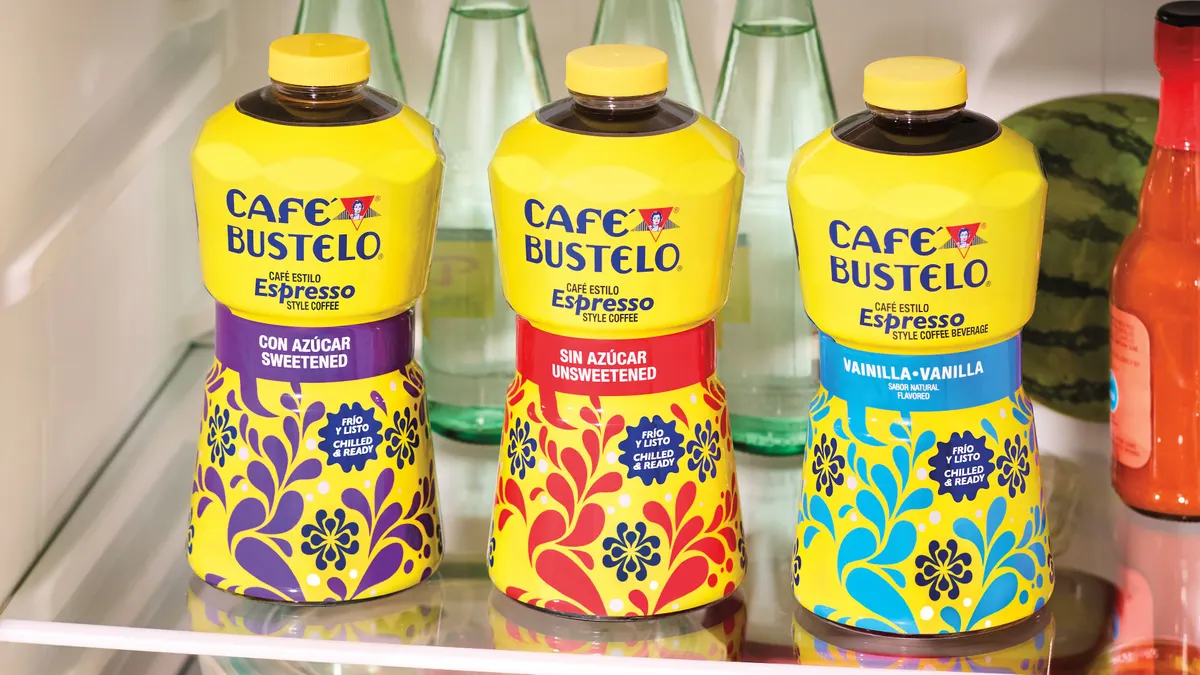Dive Brief:
- McCormick & Co. is spending $750 million to become the majority owner of a joint venture in Mexico as the spice and condiment giant expands its presence in Latin America.
- The company acquired an additional 25% stake from Grupo Herdez in McCormick de Mexico, a joint venture formed in 1947. The deal increases McCormick's ownership stake to 75%.
- The transaction comes as McCormick sees strong demand for its mayonnaise in Mexico. The company is looking to capitalize on new growth opportunities for its condiments business both in the country and in the broader Latin American market.
Dive Insight:
McCormick sees the transaction as a way to position mayonnaise as a core component of the company's portfolio, CEO Brendan Foley said on a conference call with investors shortly after making the announcement.
Though best known for its herbs and spices in the U.S., McCormick is a leading mayonnaise brand in Mexico. The company's mayonesa, which has a hint of lime, is a staple for cultural classics such as elote.
Mayonnaise is a $14 billion industry and the world's second-largest condiment category, Foley said. In Mexico, mayo is growing faster than the overall condiment market, opening new opportunities for McCormick to expand.
"The power of the brand and the business's remarkable track record and expertise, combined with our global capabilities, creates additional growth opportunities through category expansion," Foley told investors.
McCormick's ambitions stretch beyond just Mexico, however. The transaction with Grupo Herdez gives McCormick a platform to expand into other countries throughout Latin America.
The spice and flavorings giant has "built a foundation in Central America over the last few years," Foley said, with investments to market new products and extend distribution into new countries, including Guatemala and Costa Rica.
McCormick has experienced strong demand for its spices, sauces and condiments as more consumers eat at home. The company reported a 2% increase in sales for the second quarter, driven by higher demand for its consumer products.













